Trickle-down Madness: The 2019 Dodge Charger/Challenger Lineup

While Fiat Chrysler may share its bed with the Italians and has factories all over the planet, it maintains several of the most unapologetically American brands in existence. It’s difficult to imagine someone purchasing Ram or Jeep products without having a soft spot for the United States and it’s flat-out impossible to envision a Dodge owner who doesn’t have a glovebox full of American flags and a handgun.
Whether or not that represents reality (it doesn’t) is irrelevant, because purchasing these brands means buying into that image to some degree — unless you bought a Dodge Journey.
A large part of the American experience, at least historically, is excess. In the car world that means size, which is everything. Bigger cars, bigger engines, bigger numbers, bigger noises. While most domestic manufacturers followed this recipe fairly closely over the last 10 years, Dodge seems obsessed with it. The company keeping the muscle car legacy alive and continues attempting to raise the bar beyond what seems sane. It’s absolutely wonderful.
Whereas Ford still offers the Mustang, the full-sized Taurus is slated for the scrap heap — which means no more SHO. Chevrolet still has the Camaro but the SS sedan was discontinued for the 2017 model year. Meanwhile, Dodge’s Charger and Challenger have collectively mustered enough sales to rationalize their continued existence.
Part of that longevity could be attributed to Dodge’s image. Even thought only a tiny fraction of its total production volume includes tire-shredding, supercharged missiles, base and mid-tier models still benefit from the same aggressive presence and enough horsepower to make a genuine scene.
However, the Charger and Challenger are still throwbacks riding on an old platform. They’re massive, rear-wheel-drive sedans offering an array of increasingly powerful engines and a lot of comfort for a competitive price. But that honestly doesn’t sound all that bad — especially when FCA is willing to offer modern fuel-saving technologies, luxury items, and all-wheel drive to offset the myriad of performance upgrades coming from the higher trims.
“Despite a shift toward utility vehicles in the United States over the past decade, the Dodge Charger and Challenger continue to buck the trend,” said Steve Beahm, head of FCA’s passenger car brands. “Charger and Challenger retail sales have increased 70 percent since 2008, and since the launch of Scat Pack in August 2014, high-performance model sales increased from 4 percent to more than 25 percent. Charger is on track to lead the large car segment in the United States for the fifth straight year in 2018, and we intend to keep that string alive by updating the product to deliver the performance and capability that our customers demand.”
We’ve already announced the new hyper-aggressive, 797-horsepower variant of the SRT Challenger Hellcat coming for 2019, which Dodge calls the Redeye. But “lesser” models gain some trickle-down upgrades as well. For starters, the normal Hellcat — if it can even be called that — now offers 717 horsepower. That’s 10 more than last year. Other upgrades include a double nostril hood reminiscent of some of the wildest vintage Mopars ever made.
The Charger Hellcat persists with the old 707-horsepower 6.2-liter Hemi but adds some tech upgrades enthusiasts are sure to love. They include launch assist (which uses sensors to watch for driveline-damaging wheel hop at launch and grip optimization), a line lock for burnouts, an after-run chiller for the supercharger, and a torque reserve launch system that mimics the one on the Demon.
Meanwhile, the Challenger R/T Scat Pack gains the widebody kit we’ve all clamored for since seeing it on the Hellcat. That means more room for bigger and badder tires, which includes anything that will fit on the 20×11-inch Mopar Devil’s Rims. The kit adds 3.5 inches to the standard Scat Pack footprint.
All Scat Packs are powered by a naturally aspirated 392 Hemi V8 that cranks out 485 horsepower and 475 lb-ft of torque, mated to a TorqueFlite eight-speed automatic transmission. For 2019, the package adds launch assist and line lock. On the Charger variant, Dodge has also added the new performance grille with dual air inlets from the old SRT Hellcat and replaced the R/T badge with a Scat Pack bee. A “Dark Dub Plate” instrument panel and houndstooth cloth performance seat (also with Scat Pack bee logo) are newly standard. Dual Carbon stripes, a satin hood and Bilstein three-mode adaptive damping suspension have been added as available options.
Starting below $40,000, the souped-up, Scat Pack Charger seems like a bargain. But not everyone has that kind of cash to dump into a daily driver. Fear not, Dodge’s madness continues moving downmarket.
Rear-drive Challenger R/T and GT models all receive a high-performance suspension as standard for 2019. There is also a separate handling package for the GT that hooks you up with Brembo brakes, a beefier rear sway bar, and wider 20 x 9-inch wheels. This is all available on the R/T as well but its package also comes with more serious sway bars, Bilstein shocks, upgraded springs, bushings, and mounts. Want more? The “Performance Plus” package adds 20 x 9.5-inch forged wheels with 275/40ZR20 Pirelli P-Zero tires and a limited-slip differential.
Back on the Charger side of things, both the 370-hp R/T and 300-hp GT models get upgraded performance suspensions as standard, as well some visual upgrades and new paint options. Practically everything in the lineup also comes with an available cold weather package, which adds a heated steering wheel and heated cloth driver and passenger seats.
There’s more. In fact, Dodge seems intent on offering a ludicrous amount of options and configurations for these cars, but that covers the big stuff. The only thing that really seems to be missing is an option to trim some of the vehicle’s weight. However, if you’re really serious about turning one of these cars into a track-focused monster, you’ll probably buy a widebody Scat Pack or Hellcat and rip out the interior yourself.
[Images: FCA]

A staunch consumer advocate tracking industry trends and regulation. Before joining TTAC, Matt spent a decade working for marketing and research firms based in NYC. Clients included several of the world’s largest automakers, global tire brands, and aftermarket part suppliers. Dissatisfied with the corporate world and resentful of having to wear suits everyday, he pivoted to writing about cars. Since then, that man has become an ardent supporter of the right-to-repair movement, been interviewed on the auto industry by national radio broadcasts, driven more rental cars than anyone ever should, participated in amateur rallying events, and received the requisite minimum training as sanctioned by the SCCA. Handy with a wrench, Matt grew up surrounded by Detroit auto workers and managed to get a pizza delivery job before he was legally eligible. He later found himself driving box trucks through Manhattan, guaranteeing future sympathy for actual truckers. He continues to conduct research pertaining to the automotive sector as an independent contractor and has since moved back to his native Michigan, closer to where the cars are born. A contrarian, Matt claims to prefer understeer — stating that front and all-wheel drive vehicles cater best to his driving style.
More by Matt Posky
Latest Car Reviews
Read moreLatest Product Reviews
Read moreRecent Comments
- Turbo Is Black Magic My wife had one of these back in 06, did a ton of work to it… supercharger, full exhaust, full suspension.. it was a blast to drive even though it was still hilariously slow. Great for drive in nights, open the hatch fold the seats flat and just relax.Also this thing is a great example of how far we have come in crash safety even since just 2005… go look at these old crash tests now and I cringe at what a modern electric tank would do to this thing.
- MaintenanceCosts Whenever the topic of the xB comes up…Me: "The style is fun. The combination of the box shape and the aggressive detailing is very JDM."Wife: "Those are ghetto."Me: "They're smaller than a Corolla outside and have the space of a RAV4 inside."Wife: "Those are ghetto."Me: "They're kind of fun to drive with a stick."Wife: "Those are ghetto."It's one of a few cars (including its fellow box, the Ford Flex) on which we will just never see eye to eye.
- Oberkanone The alternative is a more expensive SUV. Yes, it will be missed.
- Ajla I did like this one.
- Zerofoo No, I won't miss this Chevrolet Malibu. It's a completely forgettable car. Who in their right mind would choose this over a V8 powered charger at the rental counter? Even the V6 charger is a far better drive.




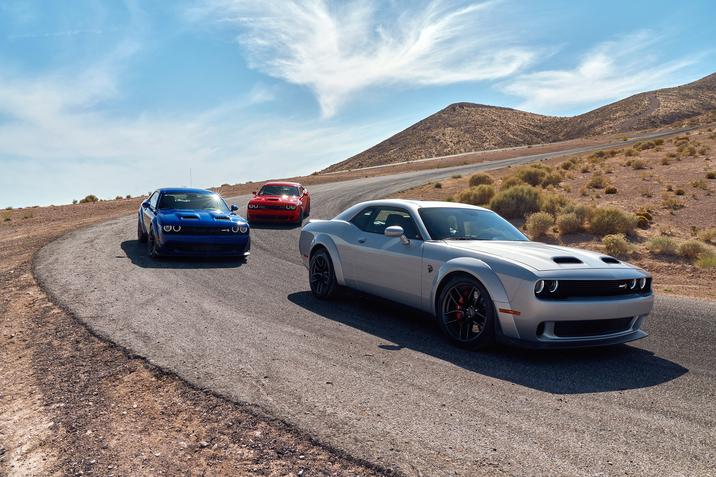
























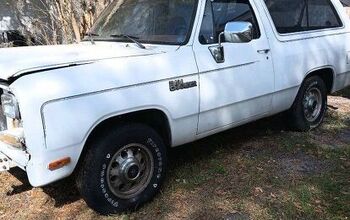

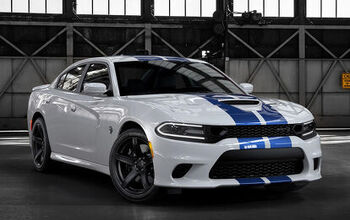
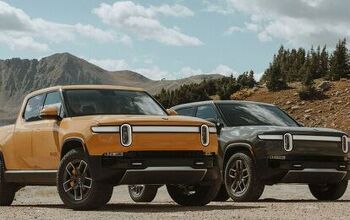
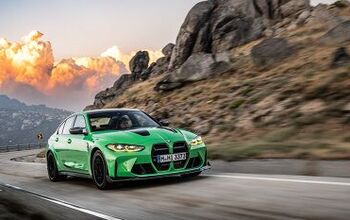
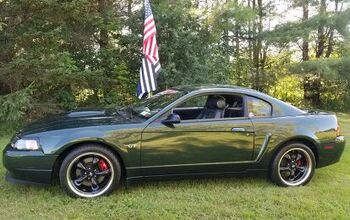
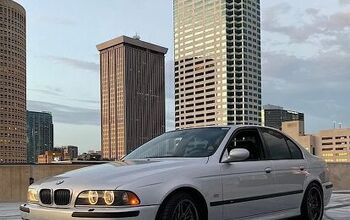
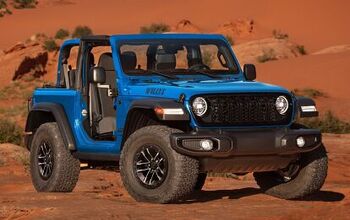
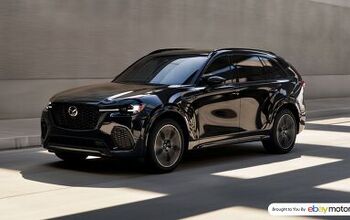
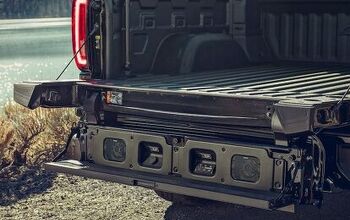
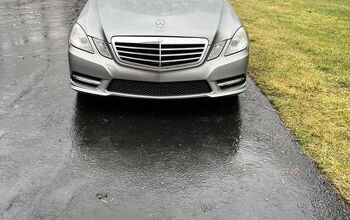

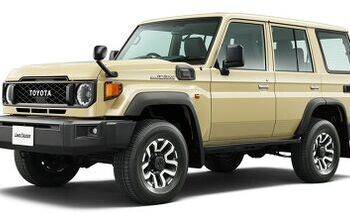

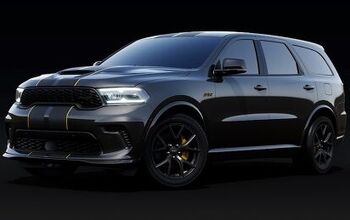
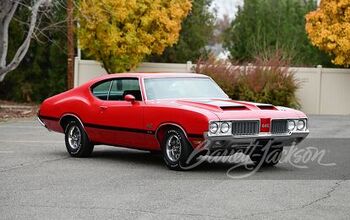
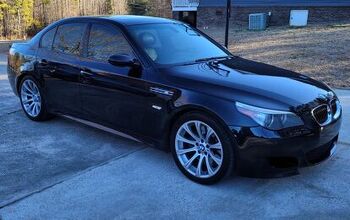
Comments
Join the conversation
Wow, that's a lot of Mopar Pron! I have so many competing wants. I want a Challenger T/A, a Pacifica hybrid and a Chevy Volt. (I know, what a mix...) I guess the good news is, I will probably be able to get a new Chally T/A in about five more years when I'm ready...
That's just a bucket full of awesome. Looking forward to my next Charger rentals.